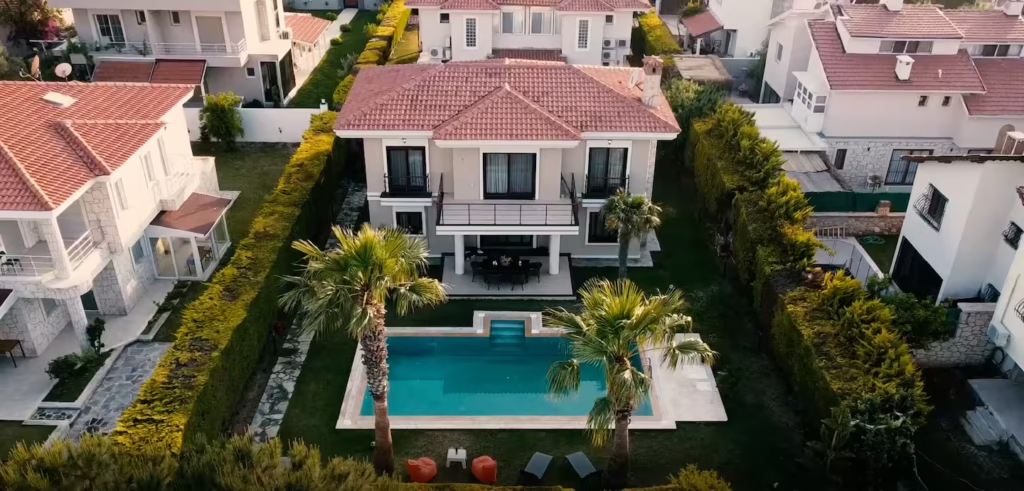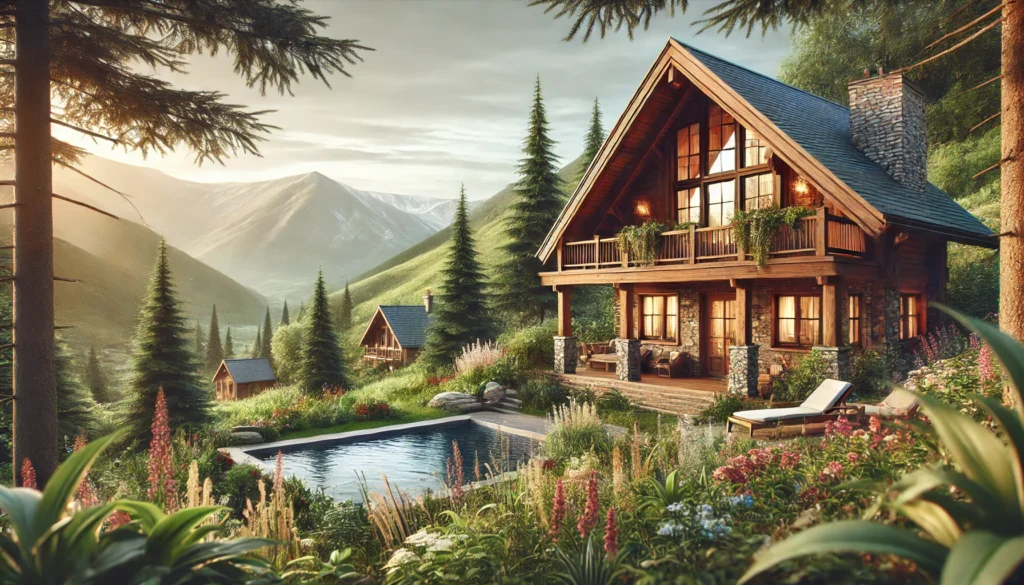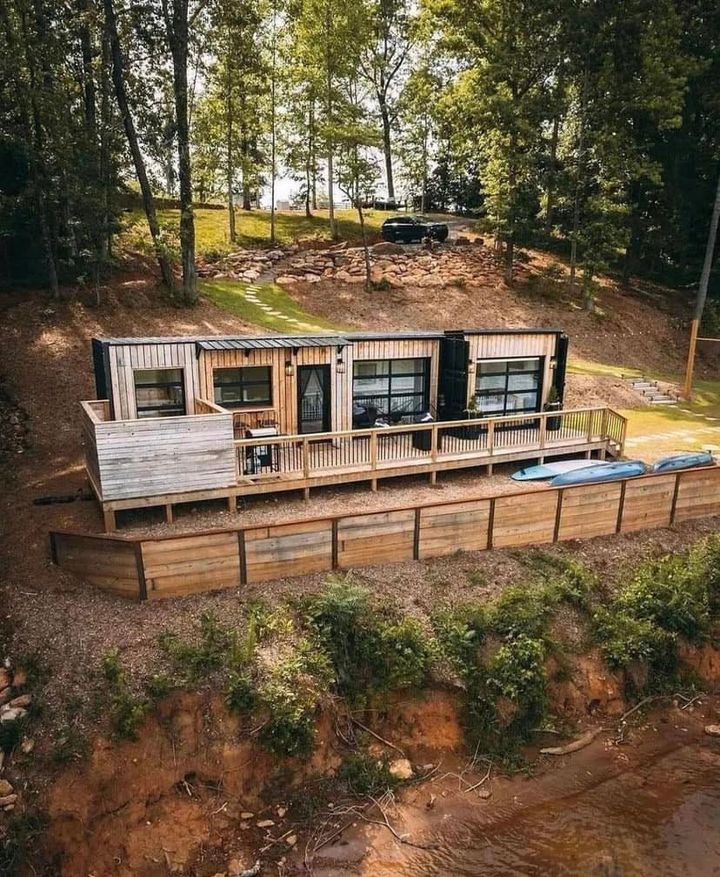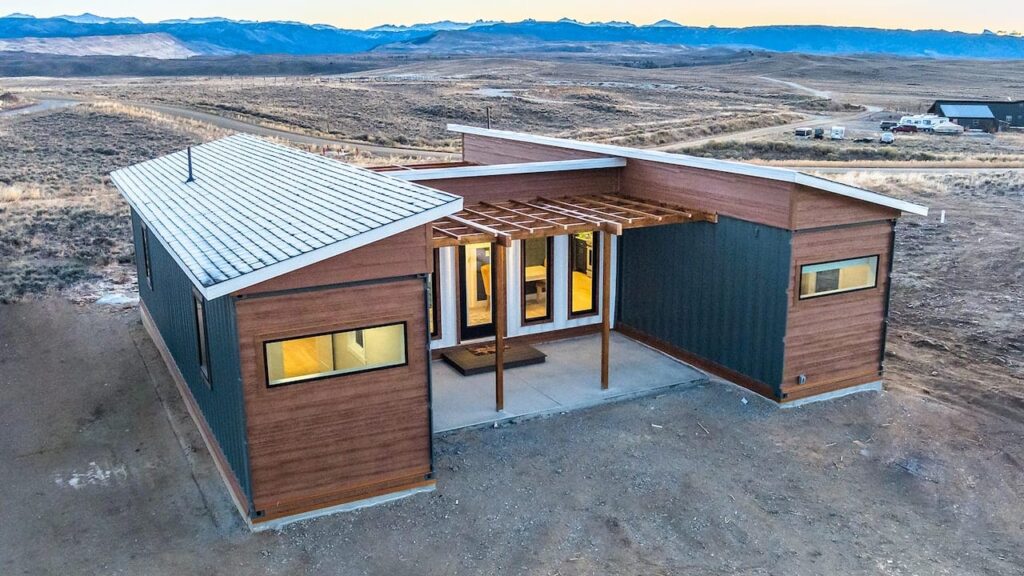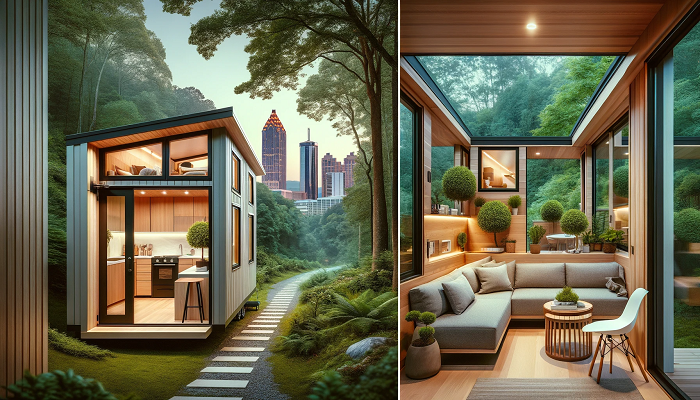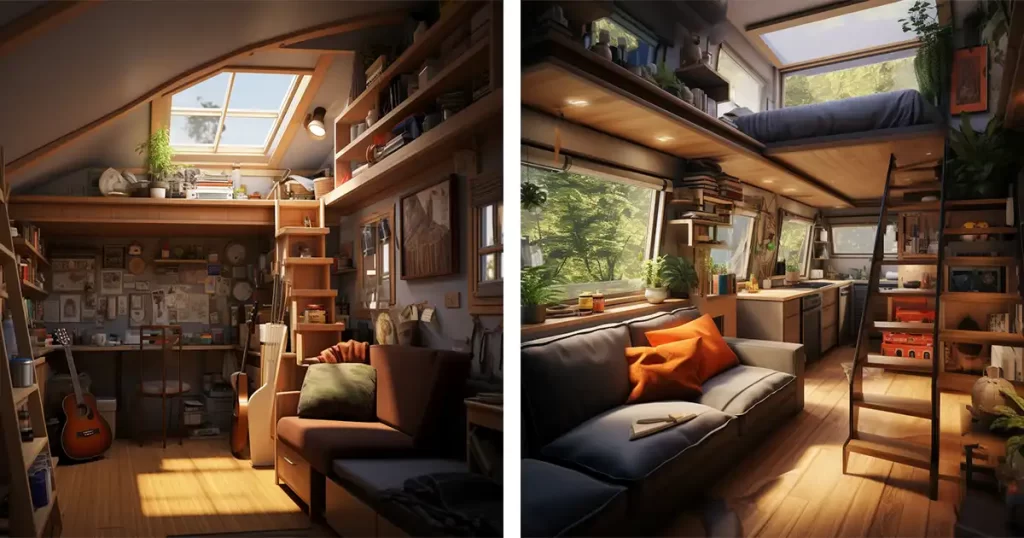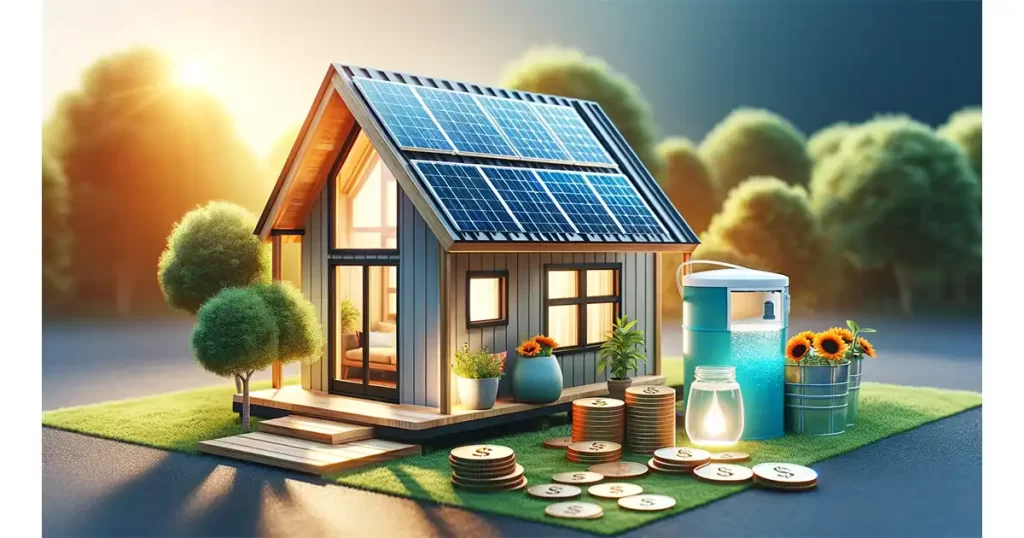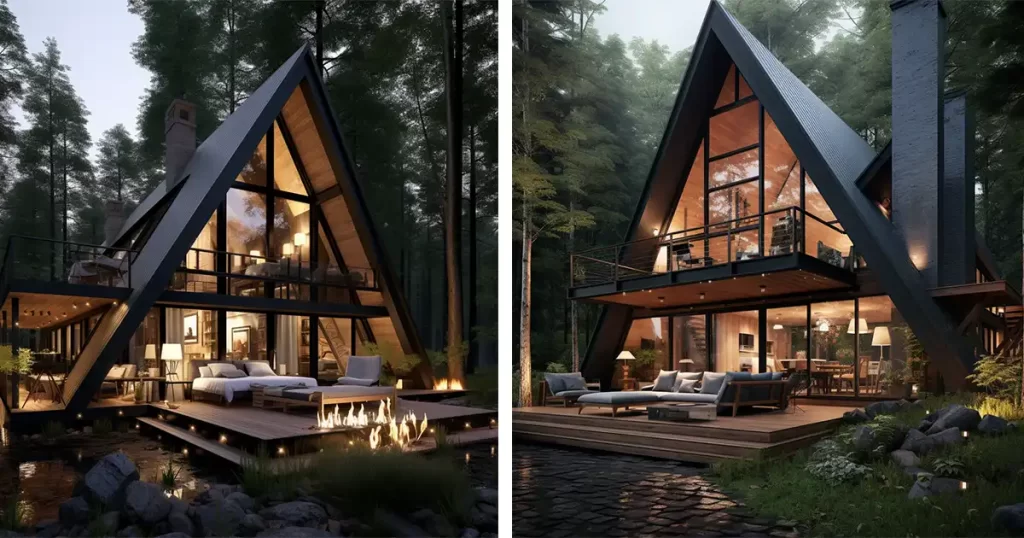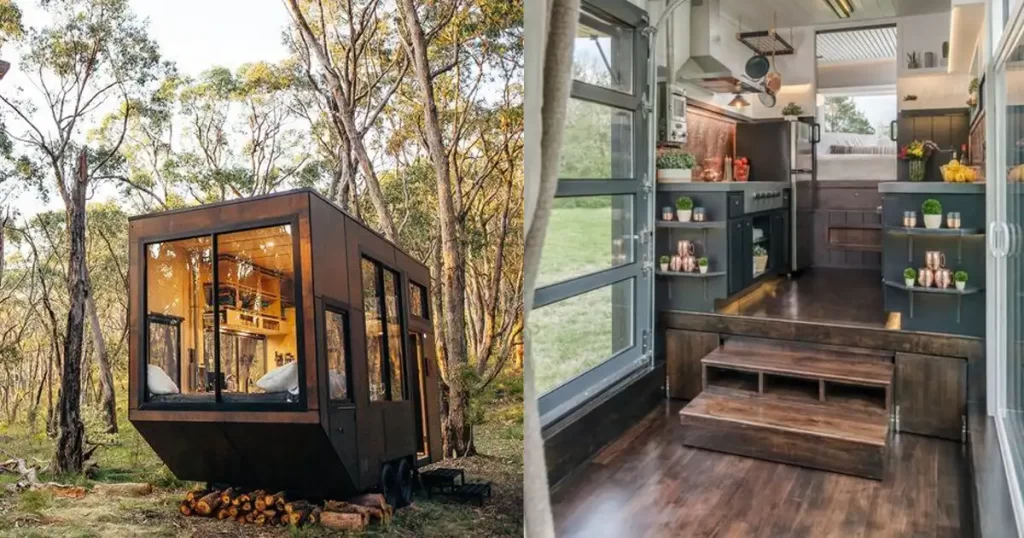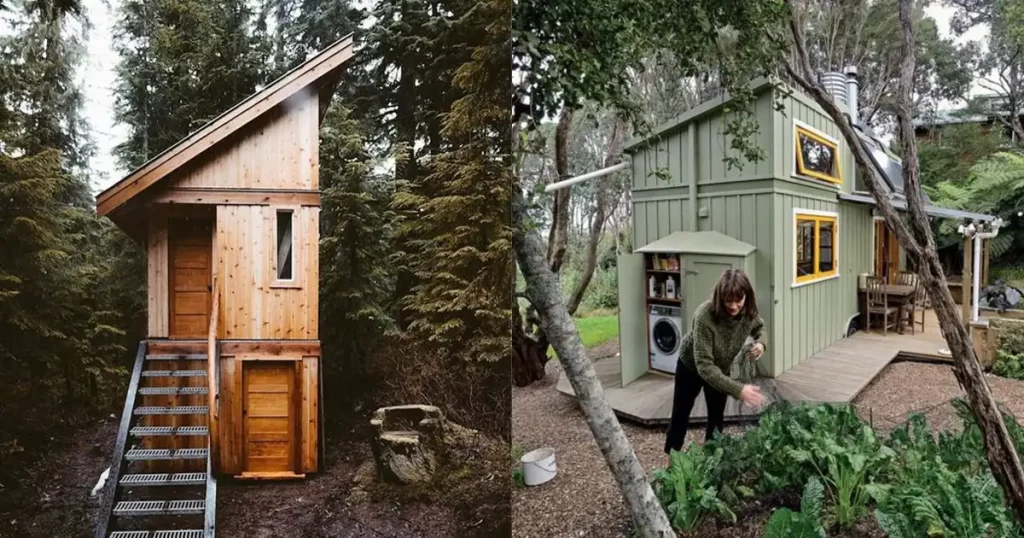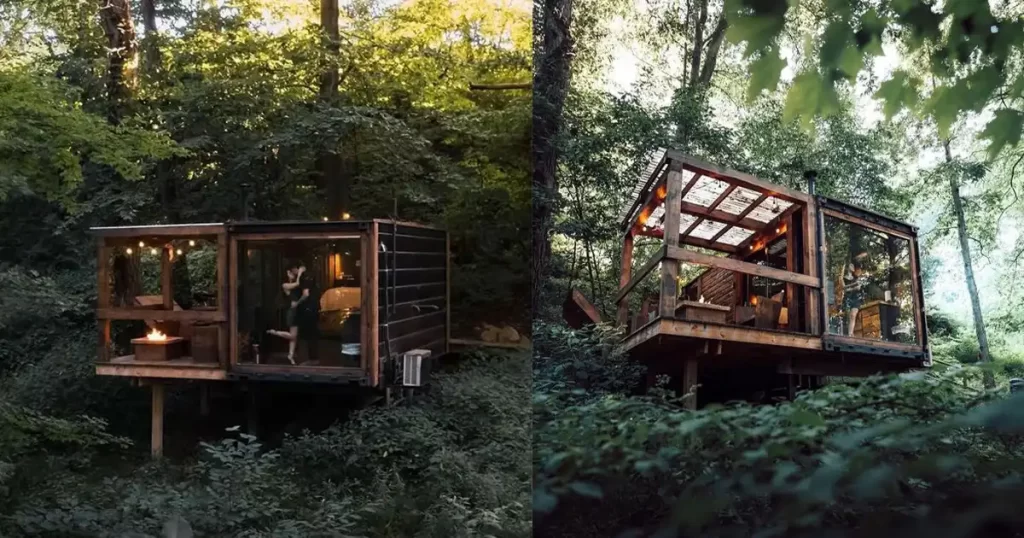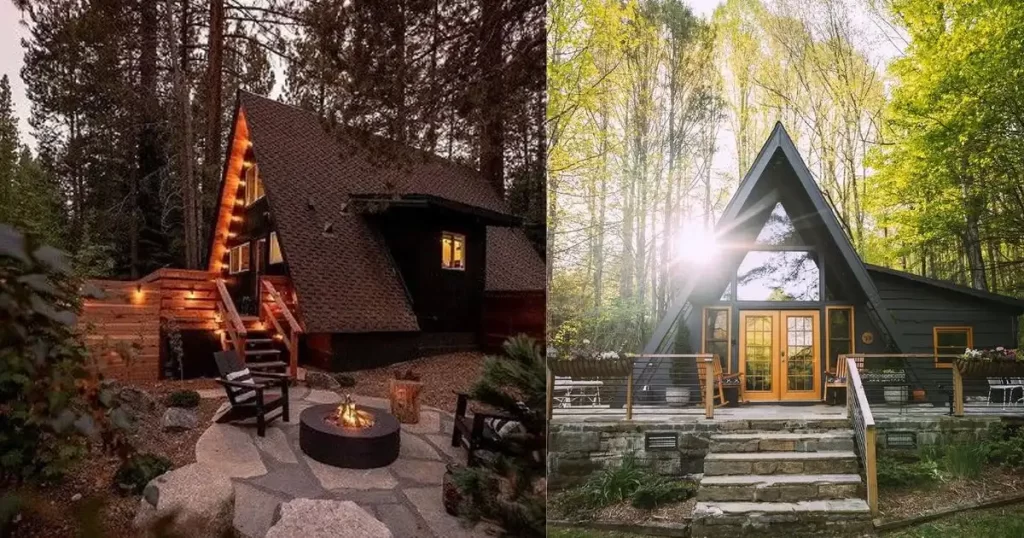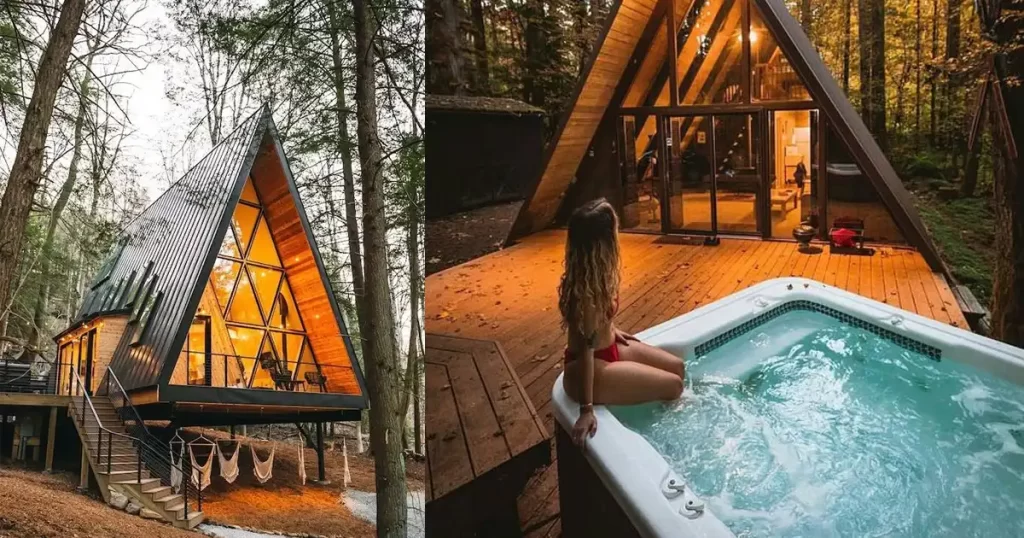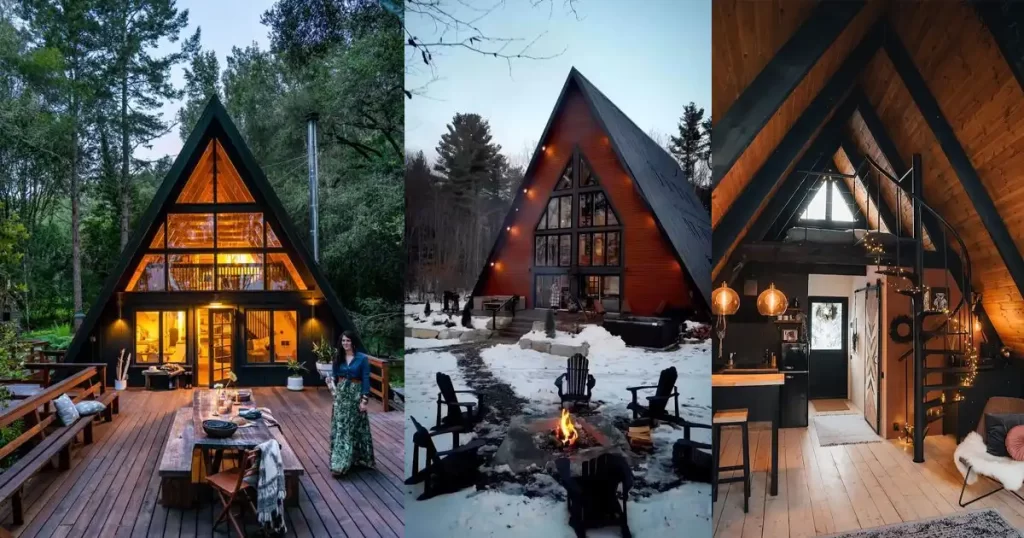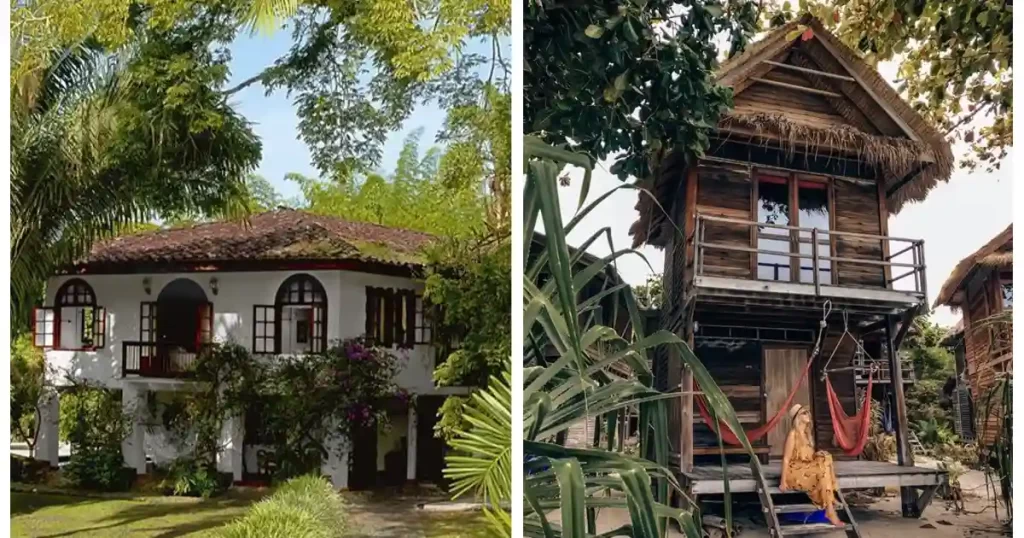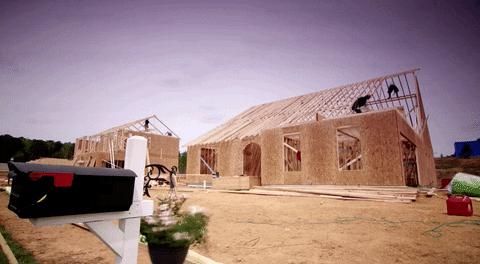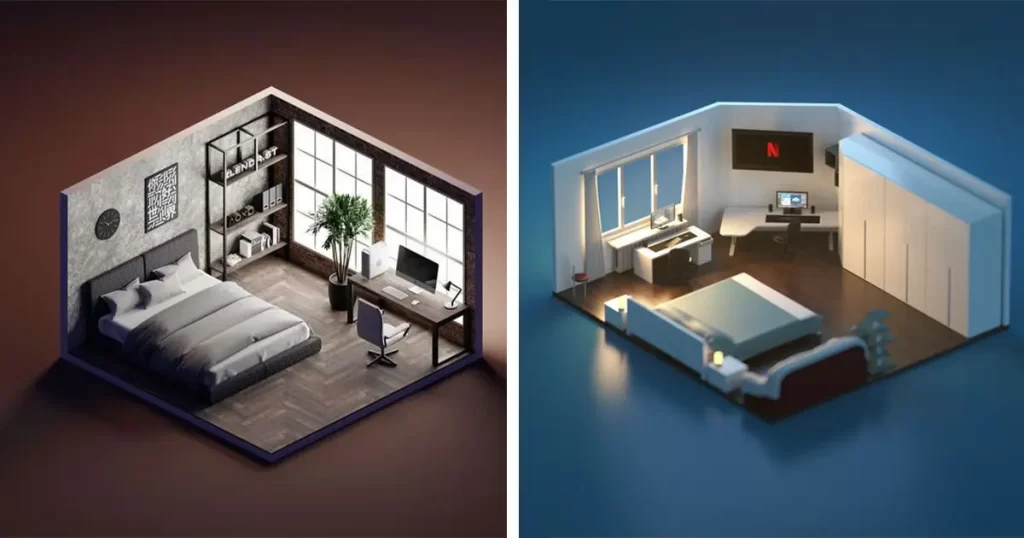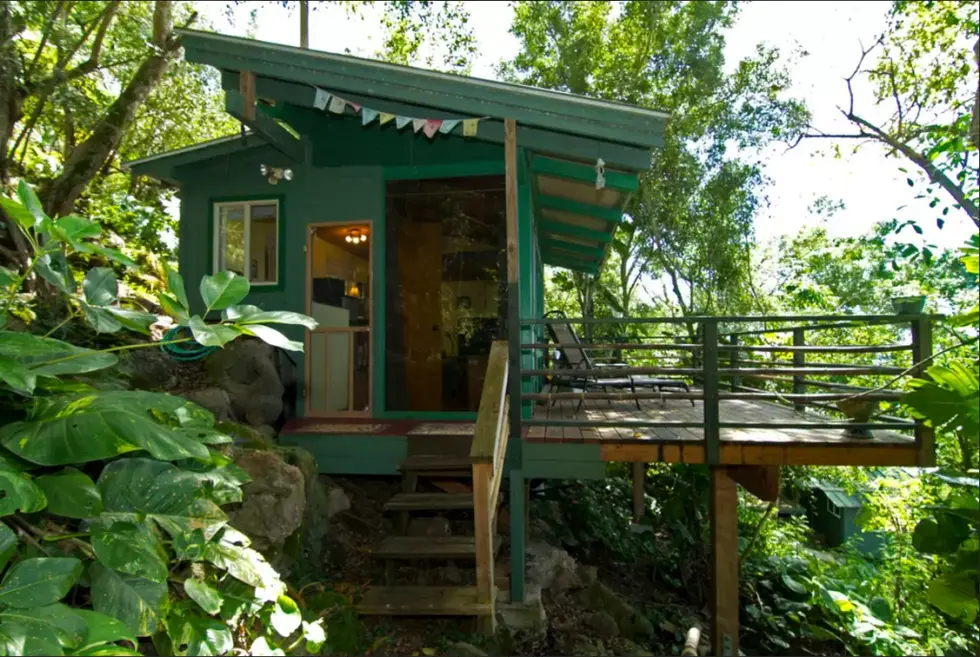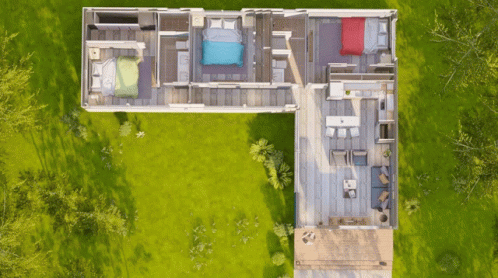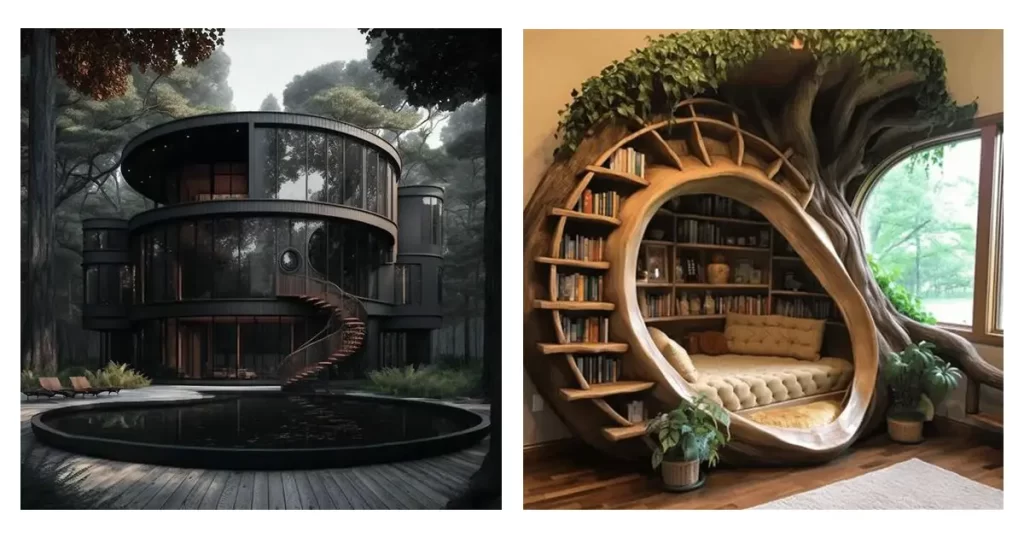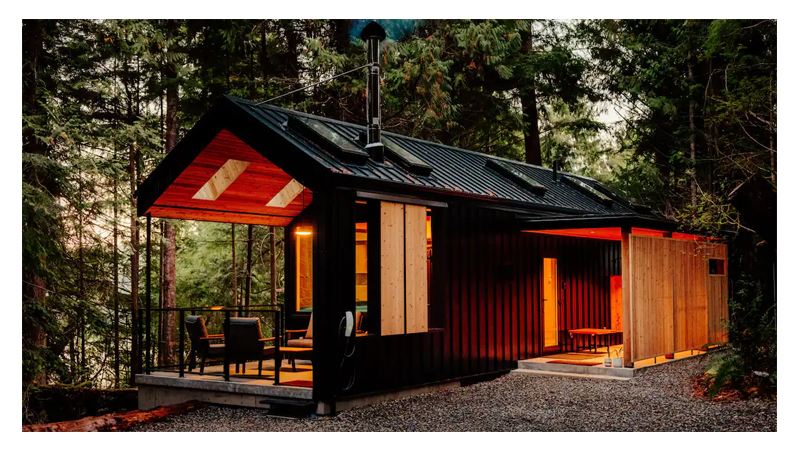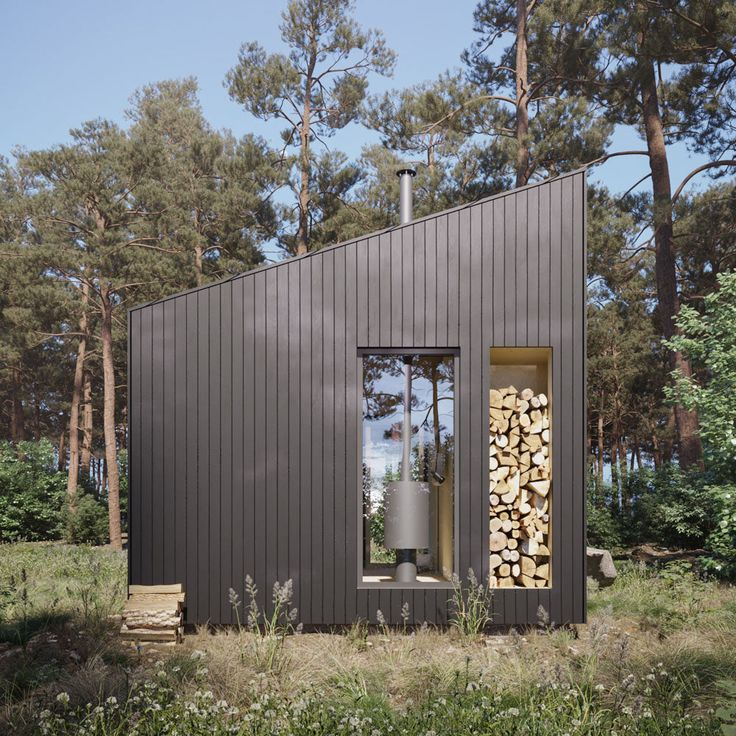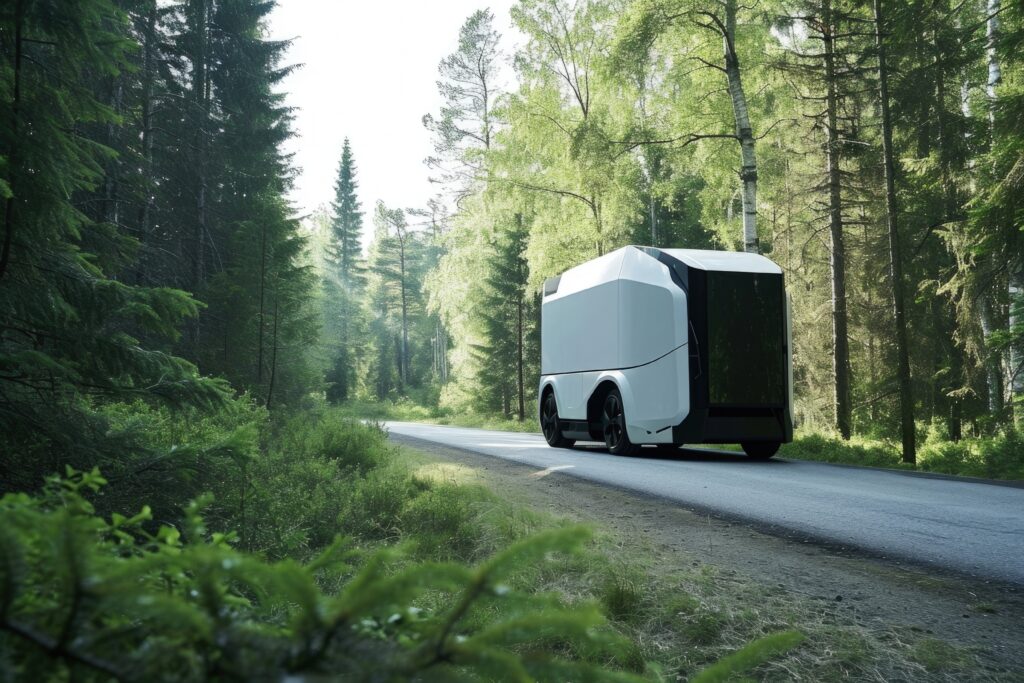
Mountain House
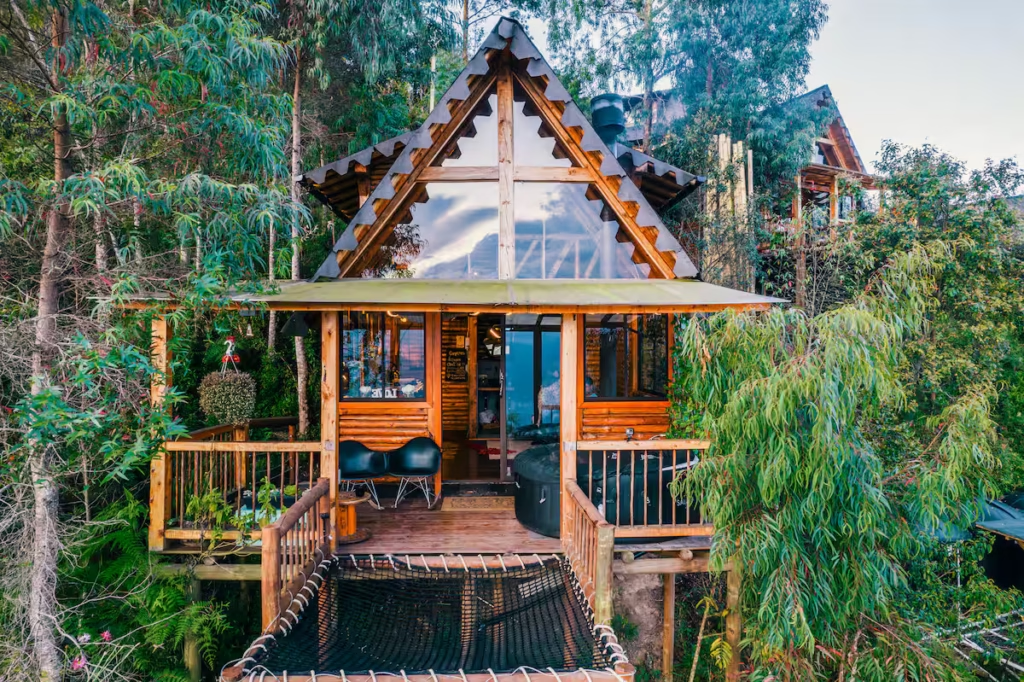
Mountain house living has become a dream lifestyle for many people seeking tranquility, connection with nature, and an escape from the fast-paced rhythms of urban life. Whether you’re imagining a small rustic cabin hidden among pine trees, or a luxurious, off-grid mountain house with panoramic views of the peaks, the idea of having a permanent or seasonal residence in the mountains is more achievable—and appealing—than ever before. At Trailerite, we explore the allure, functionality, and design inspirations behind building or owning your dream mountain house, whether you’re looking to buy, build, rent, or renovate.
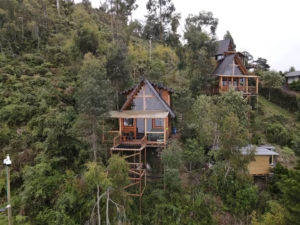 Why a Mountain House is the Ultimate Retreat
Why a Mountain House is the Ultimate Retreat
A mountain house offers more than just a physical space—it provides a lifestyle built around peace, solitude, and sustainability. For adventurers, remote workers, retirees, or simply those looking for weekend getaways, a mountain house delivers emotional, psychological, and practical benefits:
Breathtaking views: Daily sunrises over misty peaks or snowy winter scenes.
Fresh air: Away from pollution and noise, mountain environments offer cleaner, crisper air.
Disconnect to reconnect: Less screen time, more wildlife sightings.
Self-reliant lifestyle: Many mountain homes are off-grid or semi-off-grid, encouraging sustainable living.
Investment value: As demand for remote escapes grows, mountain real estate is increasing in value.
Types of Mountain Houses: Which One Suits You?
Choosing the right mountain house starts with understanding the different styles available. Whether you want something small and cozy or spacious and modern, the variety is endless.
Rustic Log Cabin Mountain House
Perfect for traditionalists who want an authentic mountain feel. Think large stone fireplaces, exposed timber beams, and warm interiors.
Modern Mountain House
Contemporary design blended with natural materials. Floor-to-ceiling windows, minimalist interiors, and solar panel integration.
Tiny Mountain House
Ideal for off-grid enthusiasts or weekend adventurers. Small footprint, low maintenance, and budget-friendly.
Prefab or Modular Mountain House
Quick to build, customizable, and often eco-friendly. Can be installed on difficult terrain with minimal impact.
Lakeside or Riverfront Mountain House
Mountain homes located near water add another layer of beauty and recreational opportunities like fishing or kayaking.
House Design Ideas to Inspire Your Next Project
Designing a mountain house requires a delicate balance between blending with the natural environment and providing comfort and functionality.
Use of Natural Materials
Stone, wood, reclaimed timber, and local materials not only complement the setting but also withstand harsh weather.
Central Fireplace or Wood Stove
Essential for both aesthetics and warmth. A mountain house feels incomplete without a crackling fire on a snowy evening.
Large Windows and Panoramic Views
Let the mountains become part of your interior design. Maximize natural light while bringing the outdoors in.
Open Floor Plans
Especially effective in smaller mountain homes, open layouts create a sense of space and flow between living, kitchen, and dining areas.
Mudrooms and Gear Storage
An important feature in a mountain house for storing hiking boots, snow gear, or outdoor tools.
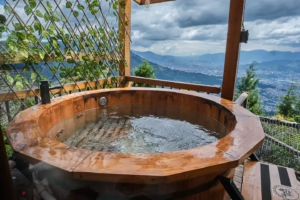 Off-Grid Mountain House Living: Is It Right for You?
Off-Grid Mountain House Living: Is It Right for You?
Living in an off-grid mountain house is a lifestyle choice that emphasizes self-sufficiency, sustainability, and a closer connection to nature.
Solar power is the most common energy source for mountain houses.
Wind turbines may also be suitable in certain locations.
Battery storage ensures power during cloudy or windless days.
Mountain House Water Sources
Wells, rainwater collection systems, or nearby springs.
Filtration systems are essential for safe drinking water.
Mountain House Connectivity Challenges
While some remote mountain houses may lack internet, satellite systems can provide stable connections.
Mountain House Waste Management
Composting toilets, greywater systems, and proper septic tanks help minimize environmental impact.
House Location: What to Consider Before You Build or Buy
Not all mountain land is the same. Choosing the right location is critical to the success of your mountain house dream.
Mountain House Accessibility
Will the house be reachable year-round? Is the road paved or gravel? Will you need a 4×4 in winter?
Elevation and Weather
Higher elevations may have extreme snow and shorter building seasons. Consider insulation and roofing materials accordingly.
Wildfire Risk
Mountainous areas often face wildfire threats. Build using fire-resistant materials and maintain defensible space.
Zoning and Permits
Always check local regulations for building codes, off-grid permissions, and septic requirements.
Proximity to Amenities
Even if you want solitude, being too far from hospitals or grocery stores can be risky.
Sustainable and Eco-Friendly Mountain House Features
With sustainability at the forefront, more people are seeking eco-friendly mountain houses that are as kind to the earth as they are beautiful.
Passive solar design
Natural ventilation systems
Recycled insulation materials
Green roofs or rooftop gardens
Locally sourced lumber
Beyoncé or not, we all want a home that “gives back” to nature. Your mountain house can do exactly that.
 Furnishing and Decorating Your Mountain House
Furnishing and Decorating Your Mountain House
Once the structure is complete, the interior of your mountain house should reflect both the natural surroundings and your personality.
Rustic-Chic Aesthetic
Mix vintage pieces with cozy textiles and handmade décor.
Layered Textures
Combine wood, wool, leather, stone, and metal for a warm, inviting atmosphere.
Earthy Color Palettes
Deep greens, browns, beiges, and off-whites work perfectly in a mountain setting.
Nature-Inspired Art
Photography, carvings, or wall murals of forests, bears, or mountains enhance the overall vibe.
House Maintenance: What You Need to Know
Owning a mountain house comes with maintenance responsibilities—especially if it’s your second home or rental property.
Winter Prep
Drain water lines before freezing.
Keep roof and gutters clear of snow.
Use smart thermostats to manage temperature remotely.
Wildlife Protection
Secure trash bins.
Install animal-proof fencing around gardens or food storage.
Use motion sensors to monitor intrusions.
Seasonal Checks
Roof and chimney inspection.
Firewood inventory.
HVAC or solar panel maintenance.
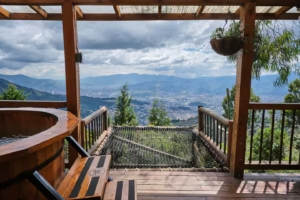 House as a Rental Investment
House as a Rental Investment
Thinking of turning your mountain house into an Airbnb or VRBO listing? You’re not alone.
High Demand for Nature Escapes
City dwellers are increasingly seeking out weekend retreats.
Passive Income Potential
If marketed well, a mountain house can generate consistent rental income.
Management Tips
Hire local property managers.
Offer amenities like a hot tub, fire pit, or hiking maps.
Use automated locks and cleaning services for efficiency.
Top Mountain House Destinations in the U.S.
If you’re still deciding where to buy or build your mountain house, consider these top regions:
Blue Ridge Mountains (North Carolina / Virginia)
Rocky Mountains (Colorado / Montana)
Smoky Mountains (Tennessee)
Cascade Mountains (Washington / Oregon)
Adirondacks (New York)
Each offers unique climate, terrain, and community feel.
Is a House Right for You? Final Thoughts
A mountain house is more than just a home—it’s a personal sanctuary. Whether you want to hike in the summer, ski in the winter, or just enjoy the view with a cup of coffee, life in the mountains invites you to slow down and appreciate the moment. With Trailerite as your guide, we hope this deep dive into mountain house living inspires you to take that next step—whether it’s building your dream retreat, renovating an old cabin, or simply escaping to the mountains for the weekend.

